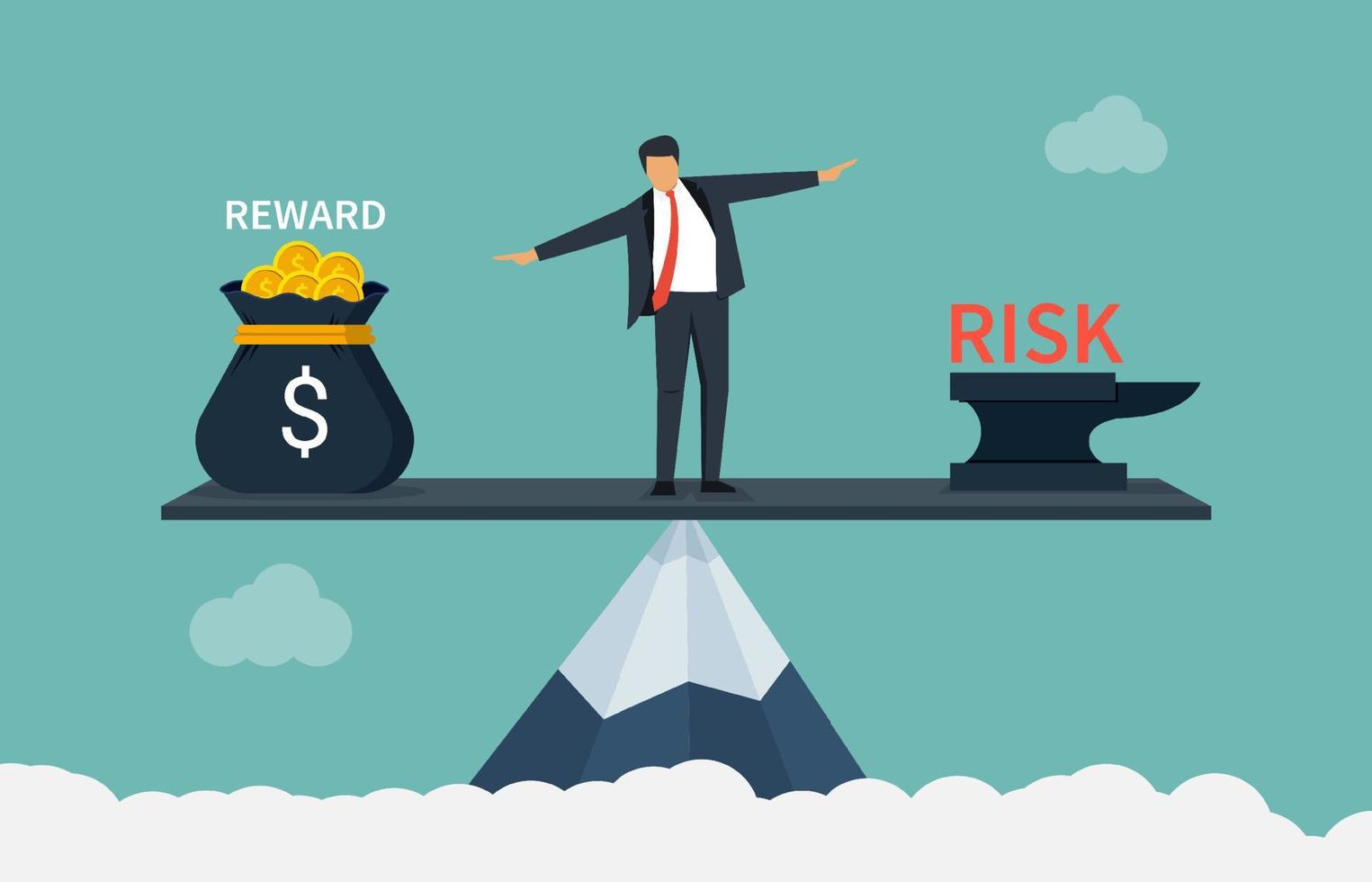
When it comes to investing, one of the most important principles to understand is the relationship between risk and reward. Every investment carries some level of risk, and typically, the higher the potential return, the greater the risk involved. Mastering this balance is key to building wealth and achieving long-term financial goals.
At its core, risk refers to the possibility of losing money or failing to achieve expected returns. Investments like government bonds are considered low risk because they are backed by governments and generally provide steady, if modest, returns. On the other end of the spectrum, stocks, cryptocurrencies, and startups offer higher potential rewards but are subject to market volatility, economic shifts, and business failures.
For investors, the challenge is aligning risk tolerance with financial goals. A young professional saving for retirement decades away can afford to take higher risks, as they have time to recover from market downturns. By contrast, someone nearing retirement may prefer safer investments to protect their savings.
Diversification is one of the best ways to manage risk. By spreading investments across different asset classes and sectors, investors can minimize the impact of any single underperforming asset. For example, a portfolio with stocks, bonds, and real estate may weather market swings better than one invested only in technology stocks.
Another key factor is time horizon. Long-term investing often reduces risk because markets tend to recover over time. For instance, while stock markets can fluctuate dramatically in the short term, they historically deliver strong growth over decades.
Education is also critical. Many investors make mistakes by following trends or acting on emotion. By understanding risk levels, analyzing market conditions, and having a clear strategy, investors can make better decisions.
In conclusion, risk and reward are two sides of the same coin. By knowing your financial goals, risk tolerance, and time horizon, and by diversifying effectively, you can build a portfolio that balances safety and growth.